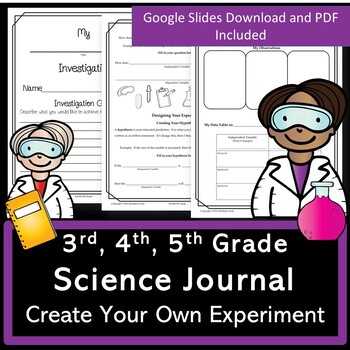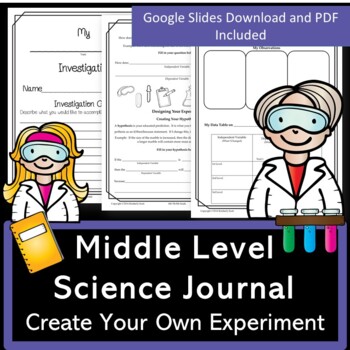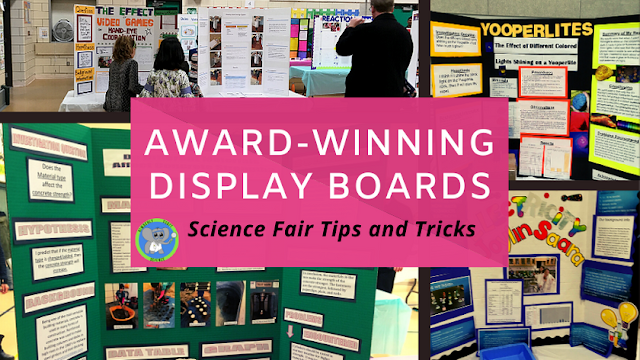6 Distance Learning Hands-On Science Lessons for the Elementary Classroom
Distance learning science can be a challenge when you are not sure what supplies students may have at home. You also want to make sure the students have a positive science experience. Here are some great lessons that focus on students expanding their knowledge of the world around them.
1. Explore Water because it is Everywhere.
Students can do so much with water. To get started all you need is some water. The type of container and soap can be modified. Exploring surface tension or sinking and floating is a great place to start.
2. Investigate Exercise
These experiments don't have to take many supplies if any at all. They can easily take their pulse or observe their breathing. Here are some ideas students can try.
- Run in place for different lengths of time.
- Jump rope at different speeds and measure your heart rate.
- Measure how far you can jump with different shoes.
This experiment is a great way to teach the scientific method and introduce the respiratory and circulatory systems.
3. Create an Inertia Trick
Force and Motion experiments can be performed with lots of different supplies. The supplies can be easily modified. Inertia experiments are perfect. The best thing is that they can create their own inertia trick. This allows them to use the supplies they have on hand. Students can take a video of them performing their trick to submit to the teacher to share. They could even do a live performance during a class video conference. How fun!
Here is a fun experiment that is easy to modify. No pennies, use something else. A science journal can be downloaded on your digital classroom for students to complete.
4. Have Students Create their Own Experiment
The science and engineering practices are a big part of the science curriculum. Students need to learn how to create their own experiment and problem solve creating it. In distance learning, this is perfect because they can pick a topic that interests them and use the supplies they have on hand.
We recommend using a science journal to guide them and monitor their progress. The following journals are made for Google Slides and can also be used on other platforms. Assign each step and a due date. Teachers can leave student's comments and approve projects. Students can share their experiments in a class video conference or a recorded presentation.
Check out these distance learning approved journals.
5. Send them on a Scavenger Hunt.
You can create an easy template to place in your |
| Vascular and Nonvascular Plants |
- Nature Scavenger Hunt
- Flower Scavenger Hunt
- Bird Scavenger Hunt
- Properties of Matter
- Rock Scavenger Hunt
- Tree or Leaf Scavenger Hunt
- Plant Parts Scavenger Hunt (Can look in the Fridge too.)
6. Keep a Daily Science Journal
This can be flexible with what you want students to do. They can handwrite or type on the computer. The goal of a science journal should be to observe something or record something scientific the students did. The teacher could assign specific tasks or make it open-ended. Here are some ideas.
Give the students a science video to watch. They write a reflection.
Students can reflect on the science they see in different rooms of the house.
Students can write about different technologies they find inside and outside.
Give students a list of topics and tasks to write about. They choose a different one each day.
For younger students, they can even draw pictures of what they are observing.
Remember to keep the goal to have students understand that science is everywhere. Science can be done with simple supplies and modified when needed.







